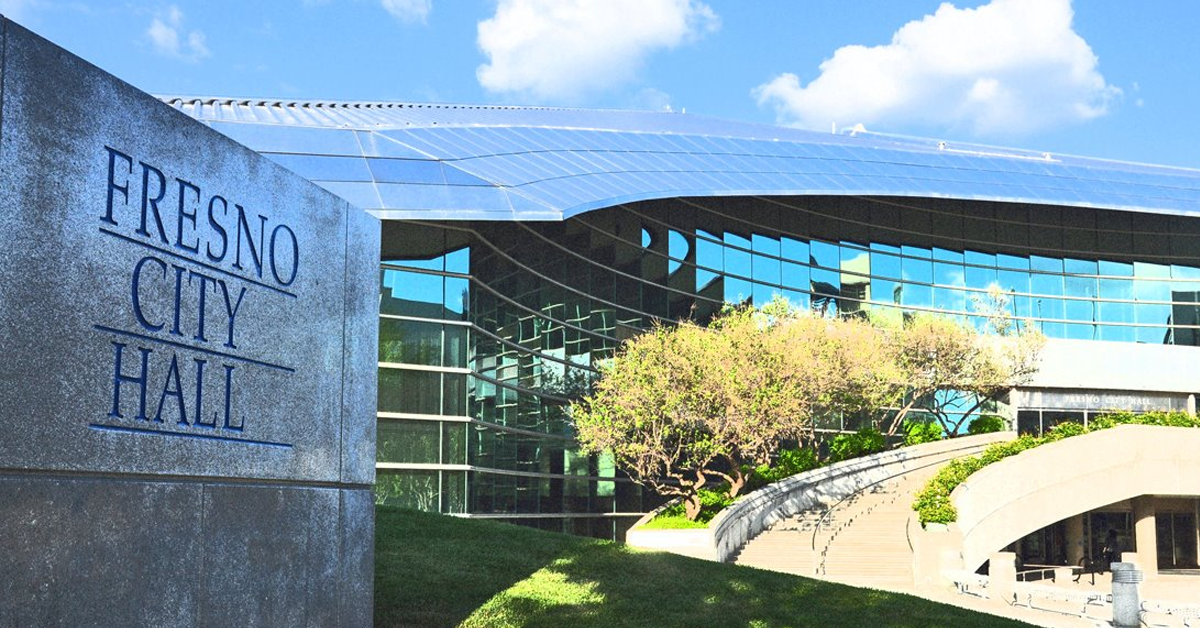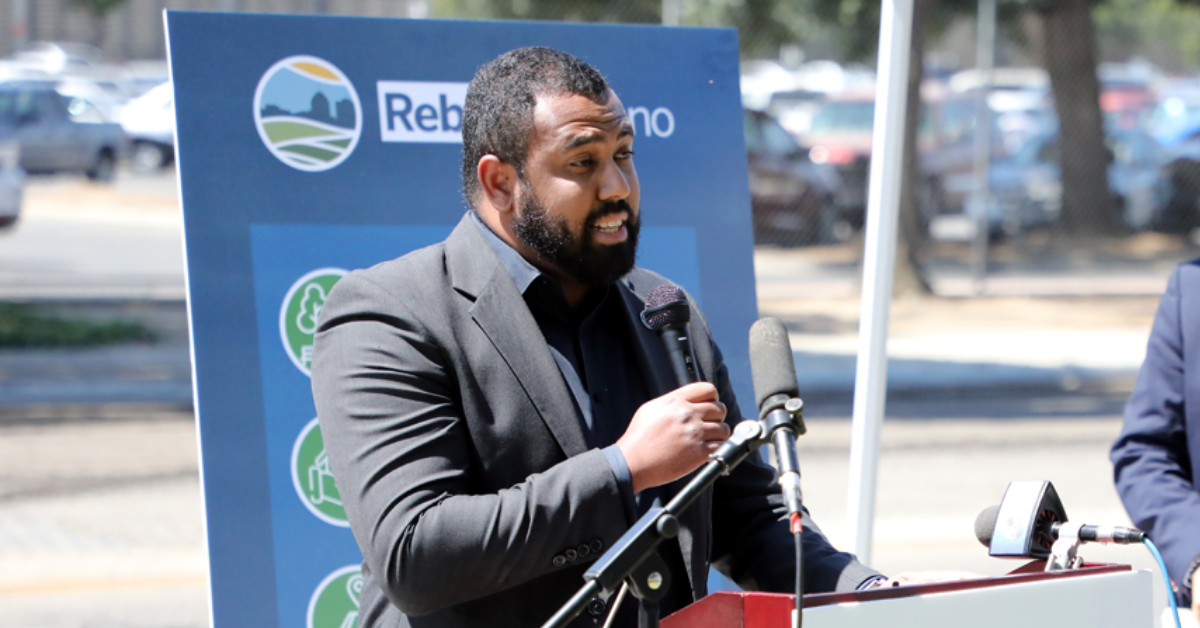Was it just me, or did the City Council’s debate on the new budget turn into another skirmish in Fresno’s mayoral campaign?
Let’s see … Council Member Lee Brand, consistent ally of popular two-term Mayor Ashley Swearengin, vs. Fresno County Supervisor Henry R. Perea, consistent critic of the Mayor and the council.
It wasn’t me. Thursday’s budget vote was election politics through and through.
The council at the end of a long morning voted 7-0 to approve Swearengin’s $1.1 billion spending plan for Fiscal Year 2016-17 beginning July 1.
There were a few changes along the way, but none likely to prevent Swearengin from affixing her signature to the package.
Foremost among the tweaks: The council on Tuesday approved $2 million of additional general fund spending (mostly for streets, parks and other maintenance projects) without identifying where to find the money. Swearengin on Wednesday said she could find $1 million in immediate savings. She asked the council to hold off on demands for the other million until later in the year, when more savings are likely to emerge.
The council on Thursday said OK. Suddenly, there was peace among the separated powers and a budget that balances as long as it avoids contact with reality.
“Once again, the City Council has shown considerable leadership and due diligence in their unanimous support of this budget, which allows us to balance our priorities of restoring staffing levels, reinvesting in infrastructure and increasing our reserves,” Swearengin said.
“This budget will support our efforts to hire more police officers and firefighters to make the city safer, add more resources to our fight against blight, step up our plans to end homelessness and fund much needed improvements to our streets, parks and trails. We have worked hard to make lasting changes at City Hall, and those efforts continue to create a responsible, strategic path for future administrations to follow.”
Back to City Hall politics.
The context is this. Swearengin is termed out in January. The June 7 primary ended with Perea hauling in 44.44% of the vote. Brand was second with 31.1%. H. Spees was third in the five-candidate race with 18.32%.
There are two ways to look at the November runoff.
First, Perea is within less than six percentage points of 50%-plus-1. No other successful mayoral candidate in the strong-mayor era has been so close to the magic number going into the general election.
Second, Brand and Spees aren’t two peas in the same pod. But they certainly get along, and both have strong bases in North Fresno. Add Spees’ votes to Brand’s total, and the latter is at 49.4%. By that reckoning, it’s Perea who is chasing Brand.
Make no mistake – any candidate would prefer to be in Perea’s shoes at this point. Still, it’s no exaggeration to suggest that both Perea and Brand are gearing up for a “shock and awe” battle over the next four months.
One other thing. Perea and his son, former City Council Member/Assembly Member Henry T. Perea, played key supportive roles in Esmeralda Soria’s hard-fought victory over Cary Catalano (a Swearengin ally) in the 2014 District 1 City Council race.
So, on Thursday we saw Soria make a motion concerning a federal pot of money called Community Development Block Grants (CDBG). City Hall loves CDBG money. It has to be spent in poorer neighborhoods, and it’s limited to things like housing and economic development projects for disadvantaged residents. Fresno presents lots of opportunities for CDBG spending. CDBG money enables City Hall to serve a certain niche and spend general fund money elsewhere.
And a few years ago that turned into a problem for City Hall. The feds came to town, dug into CDBG expenditures, and decided that Fresno had broken a lot of rules. It’s sufficient here to note that the feds’ investigation 1.) ruined some careers in the city’s Housing Division, 2.) uncovered an instability in the Housing Division’s management that continues to this day, and 3.) inspired a fix-it plan that is ongoing and could cost City Hall as much as $1 million or so.
Or the feds could give City Hall a break and let the money stay here. Federal and city officials continue to negotiate on No. 3.
Soria’s motion on Thursday was simple. If feds’ heart goes soft, and that $1 million goes from its current spot in a budgetary lock box to unencumbered status, then let’s spend the money on affordable housing.
From what I hear, Soria’s motion was a surprise to some on the council, among them Brand. Brand in the course of the debate had a private chat with the Mayor, who expressed her support of the Soria motion. Brand returned to the dais and voted with the majority for Soria’s motion.
Brand over the years has been a tough critic on certain affordable housing projects. His beef: They’re not all that “affordable” from the perspective of the taxpayer paying for their construction. If fewer federal strings were tied to the construction of affordable housing projects, Brand has said, the result would be lower construction costs and more housing units for the needy.
What if Brand on Thursday had voted no on Soria’s motion? Perea on the campaign trail could have said: See, Brand is against helping the poor.
And now that Brand has voted yes, Perea might say to voters: See, Brand is an opportunist who trims his convictions to suit his interests.
I talked to Brand about this on Thursday evening. He knows politics is a rough game.
Soria then made another budget motion. This one involved staffing positions.
Fresno’s municipal corporation has more than 3,000 employees. But the actual number of positions is higher. At any given time, there are always some unfilled positions.
The budget funds those unfilled positions. There are nuances to this fact of government life, but it’s sufficient here to note that funded unfilled positions result in unspent money. Fresno has lots of needs requiring cash.
Soria idea was to make the Administration return to the council in October, at the end of the fiscal year’s first quarter. The Administration would tell the council how much money from positions left unfilled had piled up in the bank. The council would then direct the Administration how to spend this money on maintenance projects.
City Hall has $10 million of maintenance projects just waiting to be funded. Many of them involve parks, a topic dear to Soria’s heart.
Soria wanted the Administration to do this for each of the fiscal year’s four quarters. These one-time funds should put a big and painless dent in all that deferred maintenance, Soria said.
Soria’s problem was that everyone else at City Hall is acutely aware of this pot of money. She hadn’t discovered a money tree. She was trying to take money that other department heads already had their eyes on.
What ensued was a lot of talk about budgeting flexibility. Council Member Oliver Baines convinced Soria to postpone the timing of the first report from the Administration to the end of the second quarter (essentially rendering the motion irrelevant, since the new mayor could easily ignore a six-month-old council edict).
“I thought that would be a good source of one-time spending,” Soria said.
Her colleagues disagreed. Soria’s motion failed on a 3-4 vote, with only Baines and Council President Paul Caprioglio voting with her.
I couldn’t quite figure out how Soria’s motion would fit into the mayor’s race. All I could focus on was the original timing of her proposal – an opportunity to spend extra money this fall on council-approved projects, with Soria leading the debate since the original idea was hers.
Can you say “October Surprise”?
Finally, it was Brand’s turn to play rough.
The 2016-17 budget puts nearly $4 million into the general fund reserve. The money comes from what used to be the Redevelopment Agency. To make a long story short, the city over the decades loaned a lot of money to the RDA. Gov. Brown killed all of the state’s RDAs several years ago. But the deal killing the RDAs includes a slow and steady repayment of such debts.
Brand made a motion to require future City Councils to put the annual RDA repayment into the general fund reserve until the reserve hits 10% of the general fund’s total revenue.
If you’ve got a $300 million general fund, a 10% reserve is $30 million. The reserve by the end of the new fiscal year should be in the $20 million range. Brand’s motion would affect councils for the next two or three years.
The result of Brand’s motion was more debate about “budgeting flexibility.” Here, again, Brand was on one side and Soria on the other. In the end, Brand’s motion carried on a 5-2 vote, with Soria and Baines on the losing side.
The debate on all three motions described here – affordable housing, position savings, reserve funding – was academic. The council with four votes can change its mind at any time. Five votes are enough to override a mayoral veto.
Everyone on the dais knew this.
But now Brand has a stick to use on Perea (a former council member himself). Brand can say to Perea on the campaign trail: What did you do for the general fund reserve when you were at City Hall? Whatever it was, it wasn’t nearly enough when the Great Recession hit. I, Lee Brand, along with my council colleagues and the Mayor, made the general fund reserve as resilient as our new water system.
It’s going to a memorable mayor’s race.










